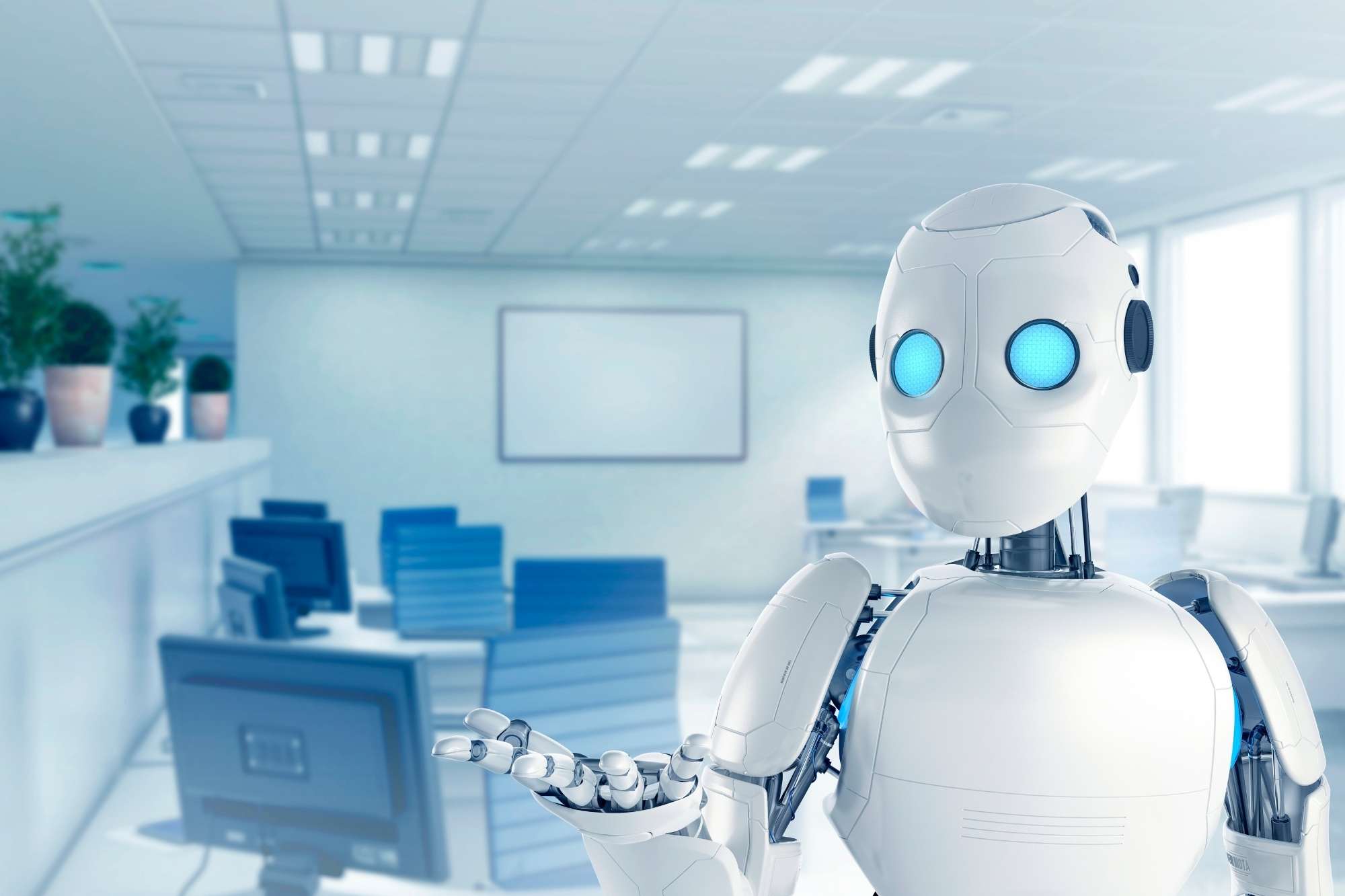
Automation – an approach to change
Today’s businesses operate in a rapidly changing environment, and more importantly, they must constantly adapt to these changes and keep up with their pace. This is one of the key challenges of today’s organizations. With the development of technology and the emergence of increasingly modern solutions, companies decide to introduce changes. These affect many areas of the organization’s operations.
Table of Contents
- Revolution 4.0 – who is the employee 4.0?
- How do employees approach the automation of their work?
- How do you automate so as not to cause employee resistance to change?
- Summary
1. Revolution 4.0 – who is the employee 4.0?
The term 4.0 first appeared in 2011, which is relatively recent nevertheless it is well known to everyone today. It stands for the extensive use of the Internet, networking and data transfer. Industry 4.0, is developing every day and strongly changing the way we function. Activities related to artificial intelligence or virtual reality are already our everyday life. Our environment and work is changing all the time and therefore it is necessary to keep in mind the development of employees, their needs and aspirations, as they are crucial in improving the company. Employee 4.0 should first and foremost focus on developing his or her competencies – not only those from his or her own area, but go beyond his or her own specialization. Nowadays, many professions are interpenetrating and universal competencies are needed, e.g. once an engineer was associated only with technical skills now soft skills are also required – working in a team, understanding foreign languages, perfect communication. The main change in the requirements of employees 4.0 is a greater emphasis on soft skills than it was before. It is worthwhile to demonstrate creativity, the ability to think logically, make strategic decisions, as this is what employers require. Project management skills are becoming increasingly important – in today’s companies, the ability to oversee a project and complete it successfully can prove the fate of an organization.
2. How do employees approach the automation of their work?
Resistance to change is unfortunately a very common phenomenon. People are afraid of the unknown, and even more so if the change is going to affect them personally. The COVID-19 pandemic has contributed to even more rapid investment in modern solutions. The combination of two uncertain situations has heightened fears about the future and job stability, and lowered self-confidence. Professions with the greatest fear of automation include financiers, customer service specialists, workers in production, salespeople, HR and administrative staff. Concerns are held by young people who are just entering the job market. Fear is caused by uncertainty about whether what they have been learning will be useful in their new, changing job. Long-time employees, on the other hand, fear “what will become of them” when their processes are automated. Long-term fear can bring negative consequences for the entire company – the employee will not be able to work effectively and efficiently. The main fear of change is related to losing one’s job or having to reorganize. It also relates to shaken self-confidence and confidence in one’s competence. Employees in such a situation are not motivated to work and achieve their goals. That is why it is so important to understand the essence of proper change management in companies, especially in changes concerning the functioning of the organization.

3. How do you automate so as not to cause employee resistance to change?
This is an issue that many companies struggle with, as there is no clear, good answer. But first and foremost, change has to start with changing the way of thinking, learning new things and rejecting the old way of doing things. Try to understand the essence of new technologies and want to learn them. It is important to remember that there are different generations in the labor market today, who have different attitudes towards technological development. The aspect of intergenerational management is also one of the most important issues for management and HR to think about. An integral part of implementing change is communication with employees, in order to give them all the important information and give them the opportunity to ask questions. An important role of the manager is to find key competencies in each employee and develop them. A person is a lifelong learner in order to be able to keep up with changes. The world will be evolving and moving forward all the time, so it is important to manage change properly and prepare strategically in many respects to carry it out properly and not delay it due to employee resistance.
4. Summary
In conclusion, it is worthwhile for employees, through the actions of enterprises, to try to change their attitude to automation and robotization from a defensive to a friendly form. Implementing advanced and modern solutions to industries in the organization is an opportunity for development, which can prove to be a support rather than a competition for employees. Employers, on the other hand, are recommended to take care of their employees’ well-being, showing them their important role in the company, as this engages them in action, repays loyalty and is in line with the concept of Lean Management.

